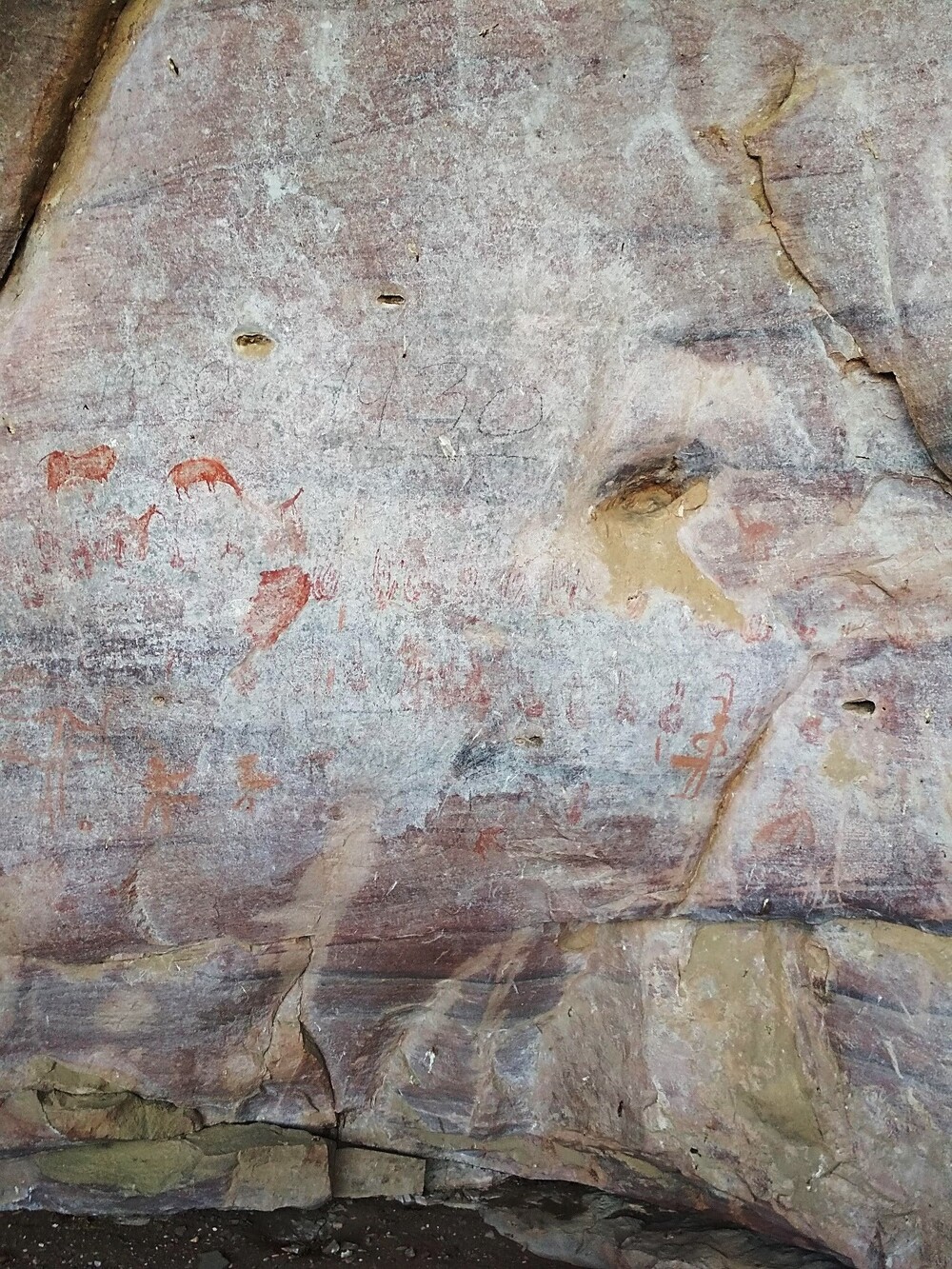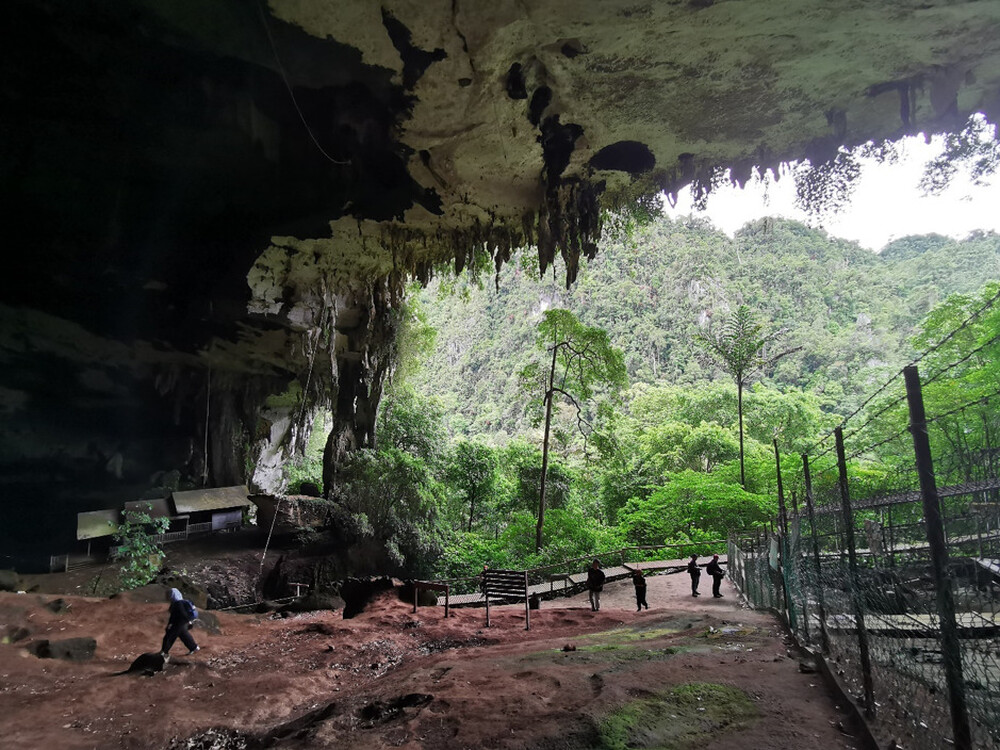UNESCO has added 24 new and two expanded sites to its World Heritage List, ranging from areas with some of the earliest evidence of modern human behavior to regions rich in natural beauty and biodiversity.
Keep reading to find out more about some of our favorites…
Badain Jaran Desert – Towers of Sand and Lakes
The third-largest desert in China, Badain Jaran is home to several massive sand formations known as mega-dunes, as pictured above. This includes the world’s tallest stabilized sand mega-dune, which peaks at around 460 meters (1,509 feet) – that’s taller than the Empire State Building.
Between these mega-dunes can be found 144 interdunal lakes, the highest concentration of this kind of lake in the world. Thanks to different salt levels and microbes within the waters, the lakes can come in a whole host of different colors.
The Emergence of Modern Human Behavior: The Pleistocene Occupation Sites of South Africa

Some of the rock art found at Diepkloof Rock Shelter.
Image credit: © Western Cape Department of Cultural Affairs and Sport
It’s not just one region, but three separate archaeological sites that make up the next on our list. Diepkloof Rock Shelter, Pinnacle Point Site Complex, and Sibhudu Cave – found in different parts of South Africa – all feature some of the earliest evidence of modern human behavior and technology, the oldest dating back to 162,000 years ago.
Finds made at these sites include shells used as beads for body decoration and evidence of ochre processing (potentially for use as body paint), toolmaking, and the use of symbols.
Lençóis Maranhenses National Park

Art or real life?
Image credit: Wilson Santos Marques/Shutterstock.com
Brazil’s Lençóis Maranhenses National Park plays host to a 90,000-hectare, dazzling array of bright white sand dunes and turquoise lagoons, some of which are permanent and others that only appear during the rainy season.
This dreamy landscape is both aesthetically pleasing and presents some solid evidence as to how coastal dunes progressed during the Quaternary, a geological period that began 2.58 million years ago and continues to this day.
The Archaeological Heritage of Niah National Park’s Caves Complex

One of the absolutely huge openings to the Niah Great Cave.
Image credit: © Uni- Technologies Sdn. Bhd (UTSB)
Nearly slap bang in the middle of Niah National Park on Borneo Island, there’s a series of huge, interconnected caves that house the longest known record of human interaction with a rainforest – a whopping 50,000 years, and that’s the conservative estimate.
Some of the evidence for this comes in the form of prehistoric rock art and boat-shaped burials.
Te Henua Enata – The Marquesas Islands

Spinner dolphins are one of the many species found off the coast of the islands.
Image credit: © Michael Poole
Found in the South Pacific, the Marquesas Islands are the sole “mixed” site of the new additions. That’s because they not only feature some pretty amazing artifacts from a civilization that developed relatively isolated over the course of around 850 years, but also what the World Heritage Committee described as “the wildest coastal marine province in the world.”
Left essentially untouched by human exploitation, the islands’ waters are home to a diverse range of seabirds, marine mammals (including dolphins), sharks, and rays.
The benefit of these sites being added to the list is an added layer of protection. “These areas are home to the world’s most impressive dunes, exceptional cave-dwelling species, peat bogs and mires, as well as important bird migratory routes, yet are all under increasing pressure,” said Tim Badman, Director of World Heritage at IUCN, in a statement responding to the announcement. “They will benefit from the international recognition that comes from the UNESCO World Heritage List.”
You can check out the rest of the new additions to the list here.
Source Link: World’s Tallest Sand Dune, Caves With Early Human Tech Among UNESCO’s Newest World Heritage Sites